New to User Experience design? Read our previous article: ‘What is UX design?’ for a clear, in-depth explanation.
7 important User Experience design factors
Do you want a product to be successful? Of course! We all do (that’s why we’re here, after all). Then start with keeping these 7 User Experience design factors in mind while developing:
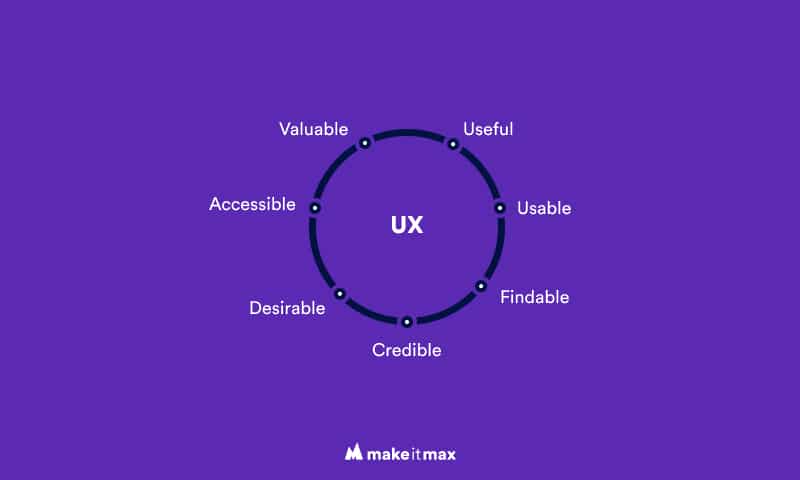
1. Usefulness
Not surprisingly, a product needs to be useful. If a user doesn’t find the product useful, they sure won’t think of buying it. It doesn’t have to be practical for everyone, but if you can find a small group that can see the product’s usefulness, you’re on to something!
2. Desirability
Branding, emotional design and identity of a product create desirability. The more desirable a product is, the more people will want to show off your product. Which, in return, creates desirability amongst other people.
3. Accessibility
An accessible product is one that can be easily and comfortably used by everyone. For example, a text-to-speech feature would make a product more accessible to a person with visual impairment. User Experience design considers all users.
4. Credibility
Products that break easily, malfunction, or just don’t match the company’s promises are not very reliable and don’t make you seem very credible. So, invest in a reliable product, build credibility and people will gladly buy your product when they see all the 5-star reviews on Trusted Shops!
5. Findability
How are you going to reach your target audience, tell them your product exists, and convince them to use it? If people can’t find your product or don’t see its usefulness, it’s not going to sell. Simple as that. To create findability, you need to know where they are, how they search for products, and which tone of voice reaches them best.
There should also be findability within a product. For example, with a translation app, if the languages are in a random order, you’re sure as hell going to frustrate a lot of users when they can’t find the one they want.
6. Usability
A drilling machine with 3 handles will be very hard to use with only 2 hands. Many first-generation products have usability issues. Like the first touchscreen smartphone, the technology wasn’t very evolved yet, and you had to press the screen quite forcefully or exactly in the right spot to get what you want. There are several methods to ensure pleasant and intuitive usability.
7. Value
Last but definitely not least, a product needs to add some sort of value. If you sell for €4000, but it solves a €200 problem, well, do the math. However, if you turn those numbers around, that’s when it gets interesting!
During the whole process of the development of a product, a User Experience Designer keeps the end user’s needs, behaviors, problems and goals in mind. From start to end, there are methods to make sure a product is not only the outcome of someone who had a ´good´ idea.
User Experience design methods and deliverables
A deliverable is any sort of output within the UX design process, provided by UX designers based on their role within the team and used methods and tools. Static wireframes, interactive prototypes, flowcharts, sitemaps, usability reports, style guides, paper prototyping, user-journey maps and competitor analysis are just a few examples of common deliverables within User Experience design. Let me visualize a couple of them for you:
Wireframes
A wireframe is definitely the most common User Experience design deliverable. A wireframe determines the hierarchy and position of elements in a web or app design. One benefit of a wireframe is that you don’t need to focus on aesthetics, you can put all that energy into determining headings, amount of text and how things should work.
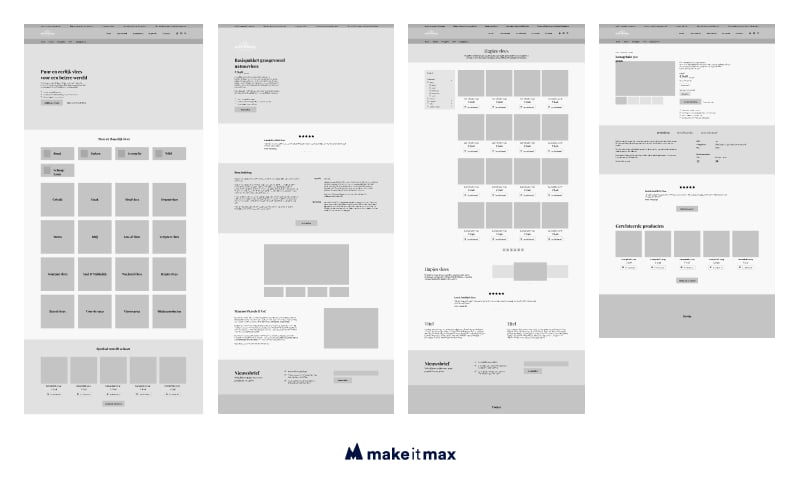
Paper prototypes
In User Experience design, paper prototyping is used as a low fidelity way to test wireframes and ideas. With a specific user flow in mind, paper prototyping is the perfect deliverable to test things in an early stage.
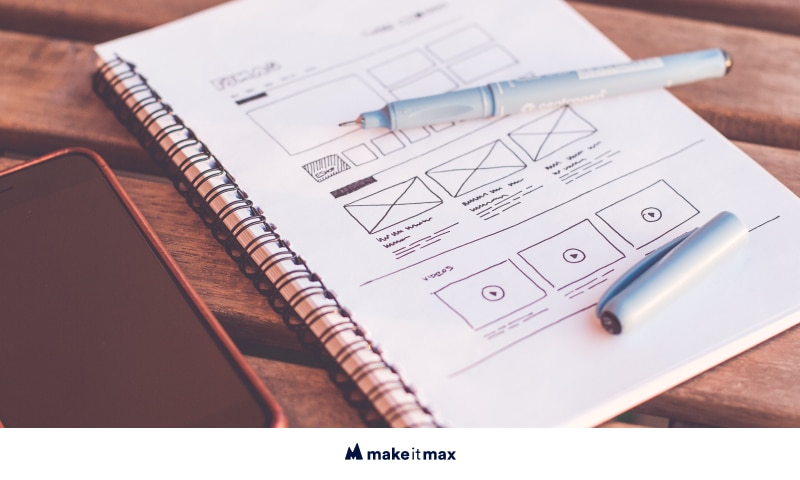
Flowcharts
Flowcharts in User Experience design map out the different steps users make to navigate through a website or app. It can also map the things a system has to do for the best user experience, even though there is no design for it. This way, you can make the design that is the easiest to use. And we all love a product that is intuitive!
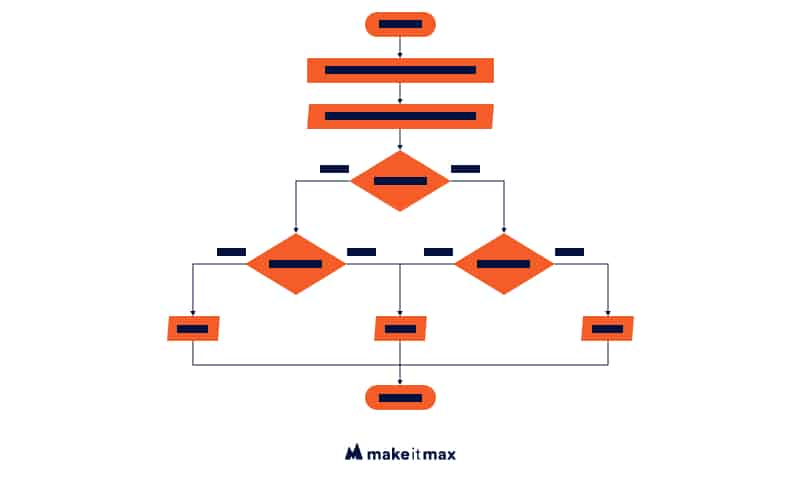
User-journey map
The user-journey map is an excellent way to see how users perceive a brand. It’s a visual representation of the different ways users interact with your brand. So it’s not only about the product, but also all the other touchpoints, from advertising and apps to offline media, customer service, etc. After all, User Experience design refers to the complete experience a user has with a brand or product, from the very first impression to hopefully a relationship that never ends.
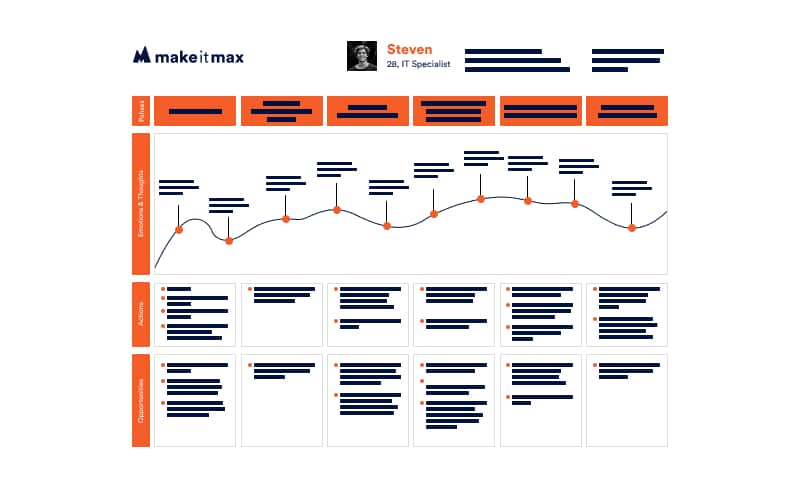
User research
Get to know your users better through extensive user research, yes, with actual, real-life users. If not for our actual users, we could just call it Experience design. User research helps you to avoid costly fixes and probably uncover many more valuable user insights. And it’s the ultimate cherry on the User Experience pie.
Which deliverable we choose to use depends on the goal of the User Experience design process, the budget, and the type of product we’re talking about.
The key to success
User Experience design is one of those things that just keeps evolving. As UX designers, we try to find new ways to make human-centered designs every single day. It’s important to stay ahead of business trends and innovations because, in the end, that’s what gives a new product the X-factor.Want to learn more about User Experience design? Hop on over to our blog page! Or check out our services if you could use the help of our experienced (and witty in the nitty-gritty) User Experience design team.
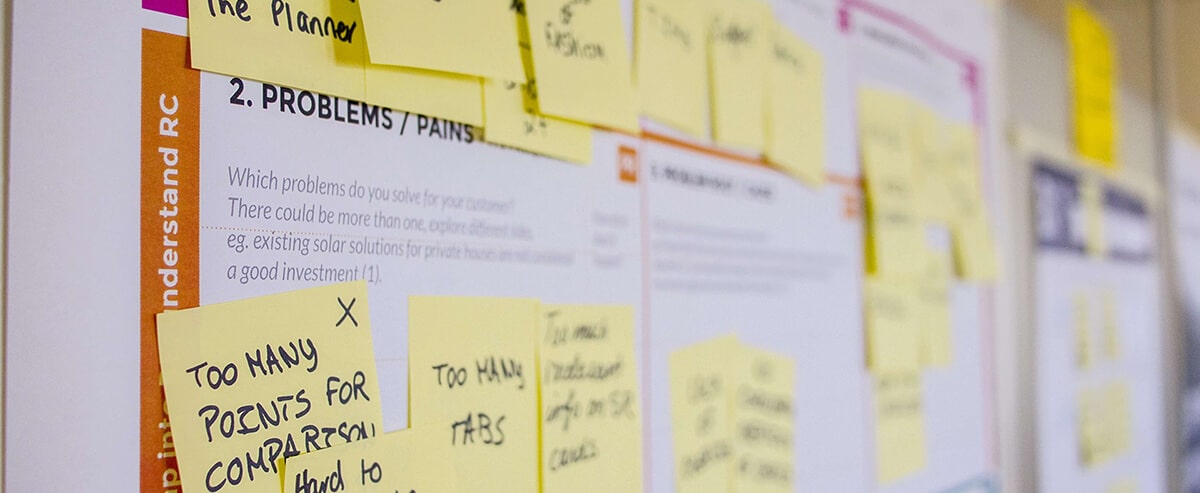
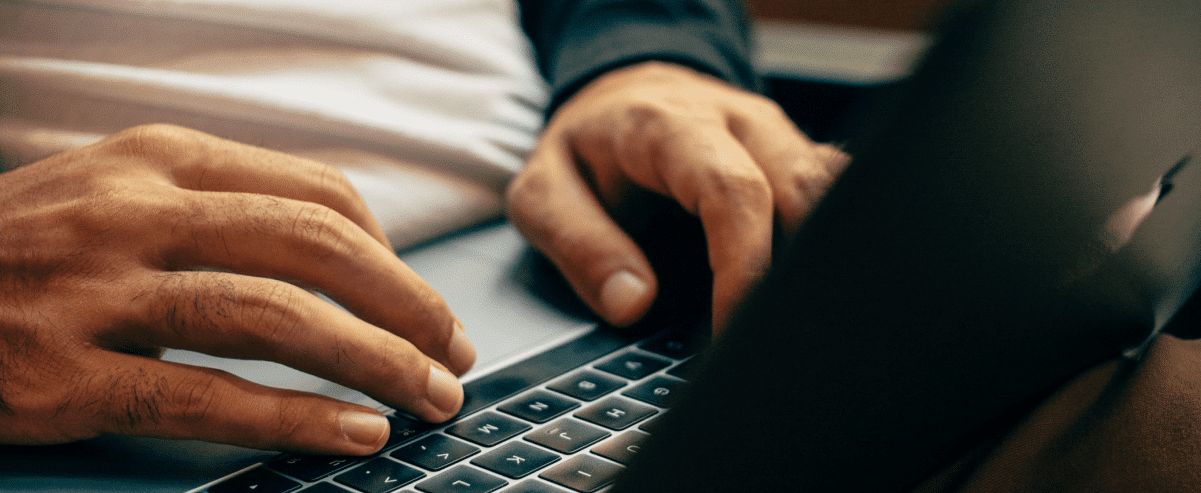

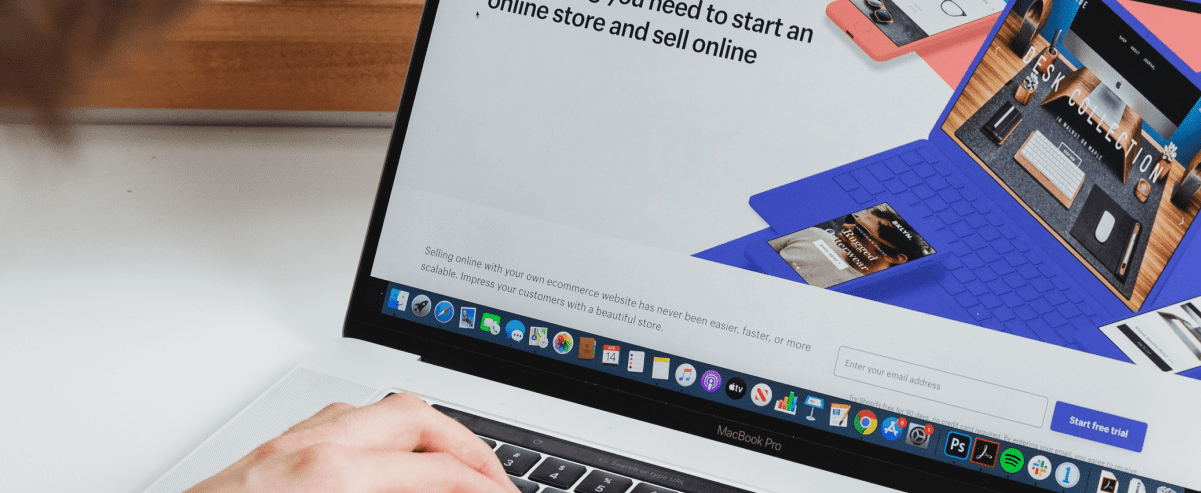


0 Comments